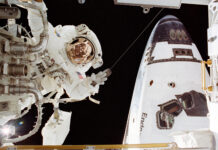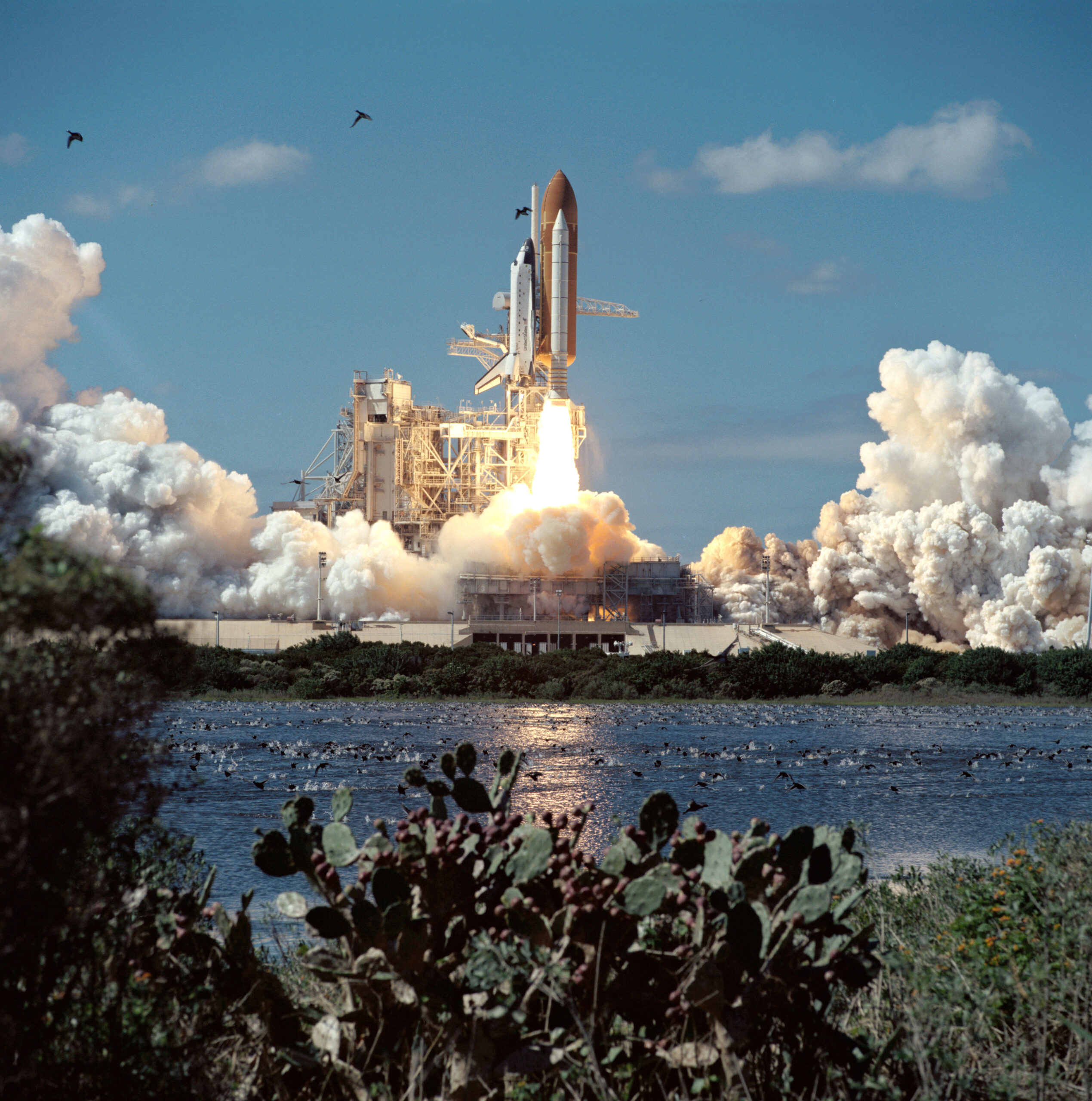A Historic Space Endeavor: The Launch of Space Shuttle Atlantis
In the realm of space exploration, certain missions stand out for their contributions to science and our understanding of the universe. One such mission is the Space Shuttle Atlantis launch on November 3, 1994. This mission was a significant chapter in NASA’s storied history, as it aimed to deepen our understanding of Earth’s atmosphere. The mission involved a team of skilled astronauts, including NASA’s Donald R. McMonagle, Curtis L. Brown, Jr., Ellen S. Ochoa, Scott E. Parazynski, and Joseph R. Tanner, along with Jean-Francois-Clervoy from the European Space Agency (ESA).
Purpose of the Mission
The primary objective of this 11-day mission, known as STS-66, was to study Earth’s atmosphere. The crew focused on gathering crucial data about the Sun’s energy output and the chemical composition of our atmosphere. Understanding these elements is essential because they influence global ozone levels, which play a critical role in protecting life on Earth from harmful ultraviolet radiation.
Scientific Goals and Experiments
The experiments conducted during the mission were designed to provide insights into how solar energy and atmospheric chemistry interact. These interactions are vital for understanding climate change and the depletion of the ozone layer. The mission utilized sophisticated instruments and methodologies to collect and analyze data, contributing significantly to atmospheric science.
One of the key instruments onboard was the Atmospheric Laboratory for Applications and Science (ATLAS-3). This laboratory facilitated a series of experiments to measure different atmospheric components and their responses to solar radiation. By doing so, scientists could better understand the processes affecting ozone concentration and distribution.
The Role of the Crew
Each astronaut played a crucial role in ensuring the success of the mission. Donald R. McMonagle, as the mission commander, led the team with precision and expertise. Curtis L. Brown, Jr., the pilot, was responsible for navigating and controlling the shuttle. The mission specialists, Ellen S. Ochoa, Scott E. Parazynski, and Joseph R. Tanner, along with Jean-Francois-Clervoy, conducted various experiments and managed the scientific payload.
Ellen S. Ochoa, who later became the first Hispanic woman to go to space, was particularly instrumental in operating the onboard instruments and analyzing data. Her contributions helped pave the way for future missions and advancements in atmospheric research.
Importance of Ozone Layer Research
The mission’s focus on the ozone layer was particularly timely. During the 1990s, concerns about ozone depletion due to human-made chemicals like chlorofluorocarbons (CFCs) were rising. The data collected by the Atlantis mission provided valuable insights into the extent and impact of ozone depletion. This research supported global efforts to address the issue, leading to international agreements like the Montreal Protocol, which aimed to phase out substances that harm the ozone layer.
Broader Implications of the Mission
Beyond its scientific achievements, the Atlantis mission demonstrated the importance of international collaboration in space exploration. The participation of ESA astronaut Jean-Francois-Clervoy highlighted the benefits of pooling resources and expertise to achieve common goals. This cooperation set a precedent for future joint missions and reinforced the idea that space exploration is a global endeavor.
Reaction and Reflections
The success of the Atlantis mission was met with enthusiasm and appreciation from the scientific community and the public. It underscored the importance of continued investment in space research, not only for its immediate scientific returns but also for its long-term impact on policy and environmental protection.
In hindsight, the mission’s legacy is evident in the continued efforts to monitor and understand Earth’s atmosphere. The data collected continue to inform climate models and environmental policies, highlighting the enduring value of space missions in addressing global challenges.
Conclusion
The launch of Space Shuttle Atlantis in 1994 remains a milestone in space exploration history. It exemplifies the power of human ingenuity and international cooperation in advancing our understanding of the planet we call home. As we look to the future, missions like STS-66 serve as reminders of the potential that lies in the stars and the importance of protecting our fragile atmosphere.
For those interested in learning more about this historic mission, detailed information is available at NASA’s official website: Learn more about the mission.
Image credit: NASA
For more Information, Refer to this article.
































